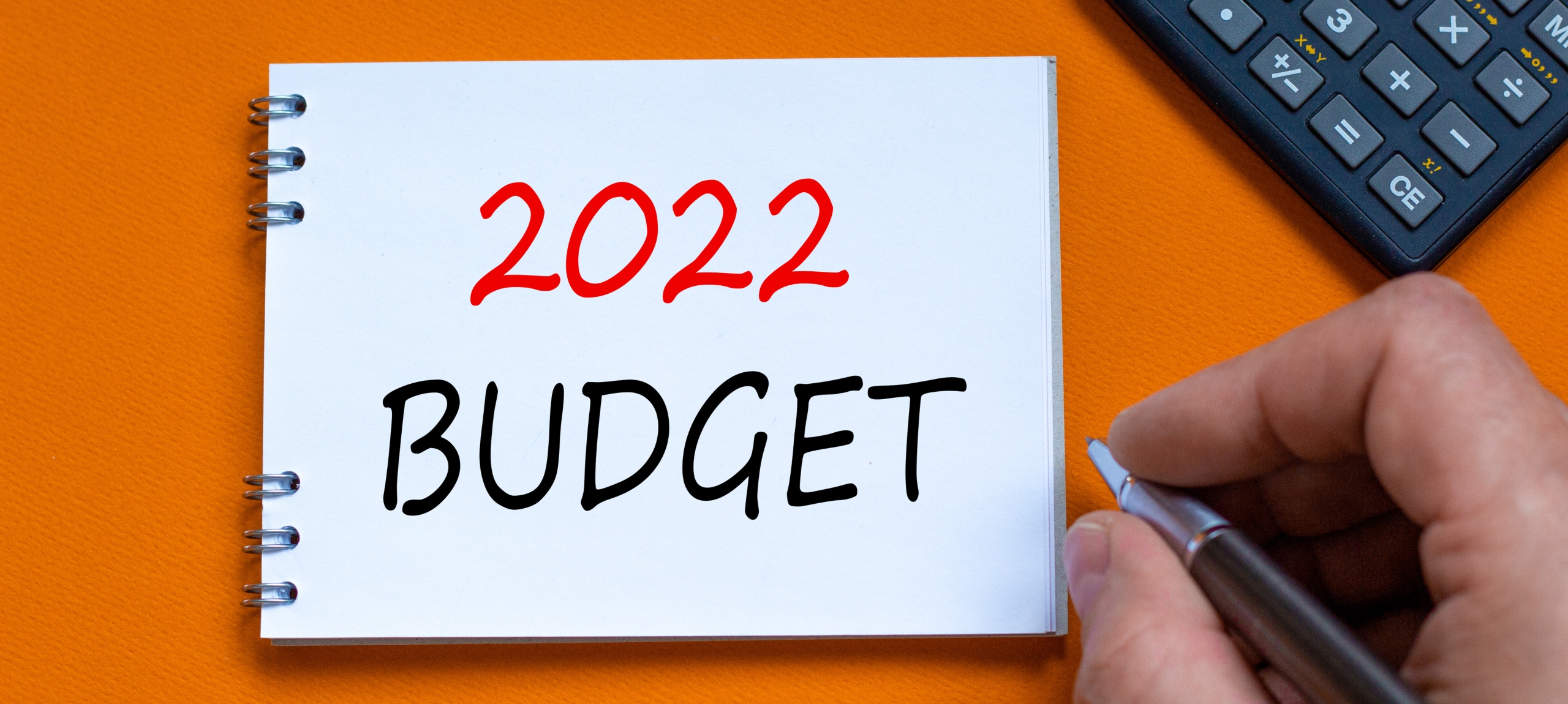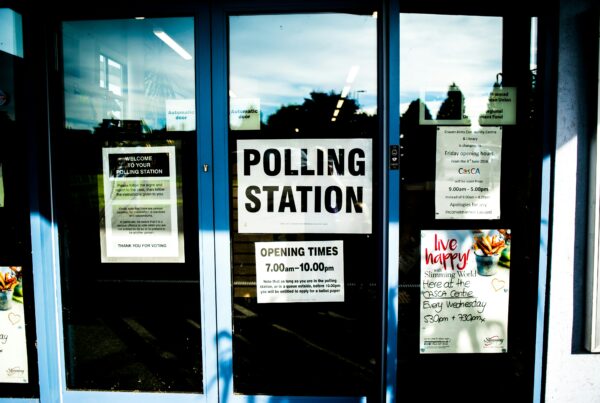
Many commentators and voices from across the political arena were looking for more from Rishi Sunak yesterday in terms of support for those reliant on welfare benefits or on modest and fixed incomes. We also heard again a call for action from many quarters for the Chancellor to address the differential between income tax and capital gains tax and between those with earned and non-earned income (e.g: rent).
We may see a shift on this in the more tax focused Autumn statement but for now the increase in the NIC threshold is welcomed not only from a tax saving perspective but also for simplicity and with a signal of a “firm intention” to reduce income tax to 19% before the next election it may be the status quo persists.
In this article John Calverley, Chief Economist at Tricio, our independent economic consultants, reflects on the Chancellor’s Spring Statement and the latest inflation and growth data from the Office for National Statistics.
You can read John’s commentary here in full:
The UK Spring Statement was more like a traditional Budget than usual, with major tax cuts announced. That said, the tax cuts only partially offset the combined hit to household incomes from already announced tax increases, together with the impact of high inflation. In particular the 1.25% increase in employee and employer NICs (the Social Care Levy) announced last year remains, as does the freezing of income tax thresholds which will gradually push more people into paying higher tax.
Meanwhile the consumer price index, already up 6.2% in the year to February is expected to rise to a peak of 8-9% later this year as higher petrol, gas, electricity and food prices feed through. Average wage growth is running at about 4.5-5% so real incomes are being hit hard. Of course, this hit to incomes will slow economic growth and it is the key reason why the Bank of England expects inflation to be brought under control over the next 2 years, with some help from higher interest rates also bearing down on spending.
Into this mix the Chancellor announced significant new tax cuts to ease the burden on households, with the emphasis on helping workers on low incomes. The raising of the NIC threshold to £12570, in line with the income tax threshold, is worth £330 to every worker, (and is a welcome simplification) while the cut in fuel duty of 5p will help drivers, though is much less than fuel costs have risen in recent months.
On a broader level, the Chancellor appears to be trying to use the current inflation environment to restrain spending and cut taxes, with his commitment to cutting the basic rate of income by 1p before the end of the Parliament. Higher inflation raises government revenues but spending plans are fixed in nominal terms which means that government finances appear to benefit. But unless spending plans are raised at a later date there will be a big squeeze on government departmental spending. In practice they likely will be but this is a battle for the future. The tax burden as a percentage of GDP is at its highest for 70 years, driven largely by spending on the NHS which goes inexorably upwards.
For business there was the promise of more action to encourage R&D and investment. Investment in the UK has historically been lower than comparable countries. It has also performed particularly poorly since the Brexit referendum, doubtless due to the uncertainty as well as a decline in foreign investment. But the planned rise in corporate taxation to 25% remains.
All-in-all, there is a certain amount of smoke and mirrors in the way the tax cuts appear significant for households but in fact are offset by prior planned tax increases. And there is little concrete to drive investment or productivity. Moreover, the forecast of 3.8% economic growth for 2022 finesses the fact that we have already had half of it as a statistical effect of GDP rising during the course of 2021. (GDP was depressed in the earlier months of 2021 which lowers the denominator). So GDP growth between Q4 2021 and Q4 2022 is forecast at 1.9%, much less impressive though still fine.
On the plus side, the budget deficit is falling rapidly (expected to be 3.9% of GDP in 2022-3, before going below 2% in subsequent years).
The Treasury summary outlining the key points can be viewed here.
As always, do contact us for further clarification on any issue.





